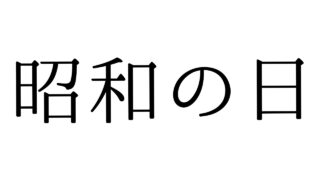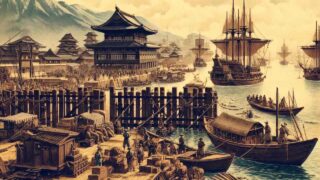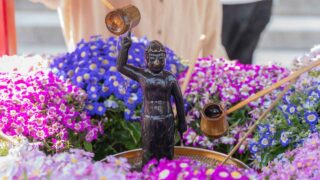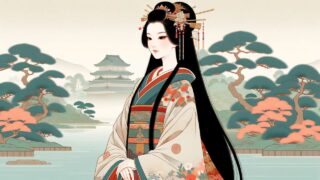The rainy season is a defining weather phenomenon of early summer in Japan, but it’s not unique to Japan alone. Interestingly, within Japan, Hokkaido is said to have no rainy season. In this article, we’ll delve into the regional characteristics of the rainy season and explain why Hokkaido is not affected by it.
The Rainy Season in East Asia
The rainy season is a weather phenomenon observed not only in Japan but also in other East Asian countries like China, South Korea, and Taiwan. These regions experience prolonged rainfall from June to July due to the influence of the Baiu Front, also known as the Meiyu Front.
- In China, it’s called “Meiyu”
- In South Korea, it’s known as “Jangma”
- In Taiwan, it’s referred to as “Meiyu” or “Hēi gé zi”
Despite the different names, these regions share common characteristics during the rainy season, such as high humidity and consecutive days of rain.
Regional Differences in Japan’s Rainy Season
In Japan, the rainy season affects areas from Okinawa to the Tohoku region, but there are regional differences in the onset and end dates, as well as the amount of rainfall.
- Okinawa: Early May to mid-June
- Kyushu to Kanto: Early June to mid-July
- Tohoku: Mid-June to late July
Generally, the rainy season starts later and ends earlier as you move from south to north.
Does Hokkaido Have a Rainy Season?
Hokkaido is said to be virtually unaffected by the rainy season. Here’s why:
1. Position of the Baiu Front
The Baiu Front primarily stagnates around the main island of Honshu. As Hokkaido is located north of the front, it is less directly affected by its influence.
2. Influence of the Okhotsk High
In early summer, a high-pressure system called the Okhotsk High develops over the Sea of Okhotsk, located to the east of Hokkaido. This high-pressure system pushes the Baiu Front northward, further reducing its impact on Hokkaido.
However, Hokkaido still experiences more cloudy and rainy days from June to July. This is due to the indirect influence of the Baiu Front and the influx of cold, moist air brought by the Okhotsk High.
Conclusion
The rainy season is a weather phenomenon common to East Asian countries, not just Japan. Within Japan, regional variations exist in the timing and intensity of the rainy season, with Hokkaido being mostly unaffected by its direct impact.
The increased cloudy and rainy days in Hokkaido from June to July can be attributed to the indirect influence of the Baiu Front and the Okhotsk High. Understanding the regional characteristics of the rainy season enables us to plan our lives and take appropriate measures based on the specific conditions of each area.





















